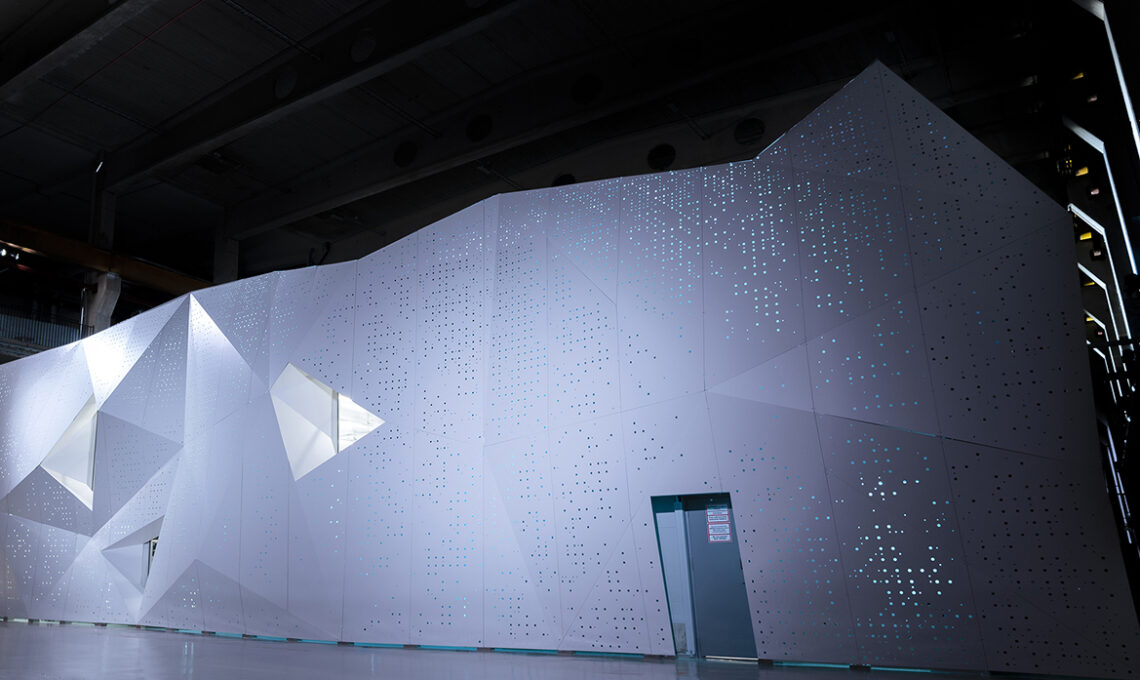
How supercomputing is speeding up fire engineering
New buildings must have built-in fire safety, and sometimes designs require some performance-based analysis. Fire simulations are highly complex and require significant computational resources to run efficiently within the projects’ schedule constraints. Using the supercomputer LUMI, operated by CSC, the research and education network (NREN) of Finland, engineering consultants in Ramboll Finland managed to speed up the process significantly.
“We could run an individual simulation around four times faster than before. As the simulations were run in parallel, the entire set of simulations was completed almost 20 times faster. The simulation models were optimized based on computing needs rather than the computer’s terms. In the end, our customer got the results of the fire dynamics analysis quickly, which quite obviously meant that they could also be submitted to the authorities for approval earlier than usual,” says Marko Hämäläinen, a fire safety expert at Ramboll Finland.
Ramboll Finland is an engineering and consultancy company whose services include fire safety engineering for buildings. The focus of fire engineering is ensuring that the premises of all clients are safe for occupants and property, as well as for the emergency services personnel in the event of a fire.
Supercomputing time as an outsourced service
Time is often a critical factor for designers in construction projects. Clients have tight schedules, while fire safety regulations create a mandatory framework that must be followed, and permit processes take time. In a specific project, Hämäläinen found himself under additional strain and used his previous experience from projects he had worked on as a research assistant.
The projects were using national supercomputers operated by CSC. He therefore reached out to CSC and learned that business computing time could be made available at the LUMI supercomputer.
Funded by a range of European countries, LUMI is the continent’s most powerful supercomputer. Besides being a research instrument for highly demanding computing, time on LUMI can be made available for business development projects as an outsourced service. In the case of Ramboll Finland, the price proved competitive and there was no need to apply for public funding.
“We at Ramboll clearly see that the various high-performance computing applications combined with the possibilities offered by Artificial Intelligence will definitely have a role to play in our design projects also in the future,” says Hämäläinen.
Negative carbon footprint
Ramboll Finland was the first commercial customer for LUMI, says Juhani Huttunen, Customer Solution Manager at CSC:
“Our productive cooperation with them has shown how a company can really obtain productive results very rapidly in a high-performance computing environment that is suitable for many types of computing challenges. We have been working together with Ramboll for more than a year now, and it has certainly clarified our understanding of what companies need when they use LUMI.”
The LUMI data center in Kajaani, Finland, uses the infrastructure of an old paper mill and has a negative carbon footprint. LUMI is powered by renewable hydroelectricity, and its waste heat keeps hundreds of local homes warm.
The text is inspired by the article “Major time savings with high-performance computing in fire engineering” at the CSC homepage.
For more information please contact our contributor(s):

